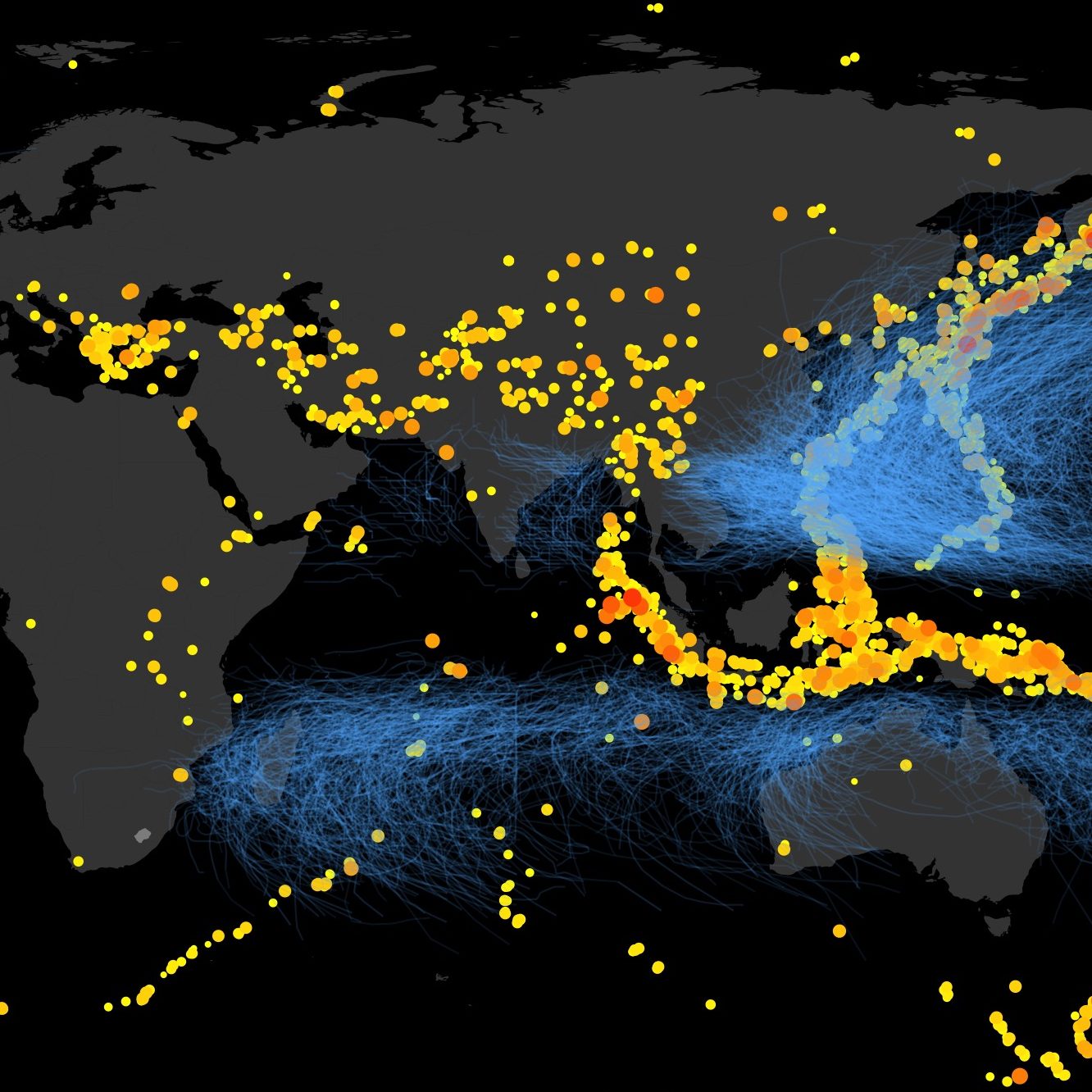Development of Empirical and Analytical Fragility Functions Using Gaussian Kernel Smoothing Methods
The Global Earthquake Model Consortium has undertaken the complex task of formulating guidelines for heuristic, empirical and analytical vulnerability functions development. As part of the empirical and analytical vulnerability functions developments, Gaussian kernel smoothing (GKS) methods are introduced for fitting the form of the vulnerability function to either the observed or simulated ground motion versus damage data. In this paper, three approaches using GKS are introduced for developing analytical and empirical fragility functions. These methods enable the treatment of uncertainty in either or both of ground motion intensity and structural damage. The methods are applied to a set of numerically simulated data for a four-story steel momentresisting frame and a set of field observations collected after 2010 Haiti earthquake. The results demonstrate that these methods can develop continuous representation of fragility functions without specifying their functional forms and treat sparse data sets more efficiently than conventional data binning methods.
